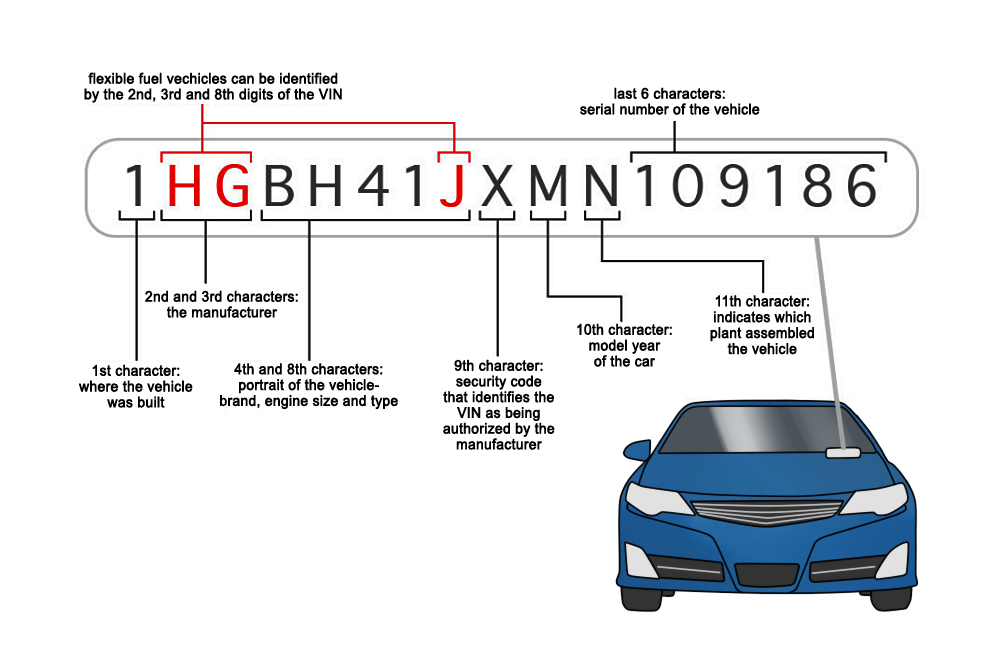Blog

3 Essential Things to Know About Your VIN Number
Every vehicle on the road today has a VIN, or Vehicle Identification Number, but very few people understand these numbers or how they are devised. They serve as a fingerprint for your car, and no two vehicles currently in operation are allowed to have the same VIN. The VIN is made up a combination of digits and capital letters and is 17 characters long that act as a vehicle’s unique identifier sharing details such as specifications, manufacturer, and unique features. The VIN provides a way for the manufacturer and owners to track warranty claims, registrations, recalls, thefts, and insurance coverage.
Where the VIN is located
Finding the VIN is relatively straightforward, but it can be difficult to read because the numbers are quite small and in a difficult area to read: at the top of the dashboard on the driver’s side of the vehicle. Standing outside the vehicle and looking through the windshield is the best way to read the VIN. There are a few other places that the VIN can be found more easily: on your insurance card or insurance policy paperwork and on your vehicle title and registration.
What is a VIN search?
A VIN check can be performed on a variety of different websites, and you can get information about your vehicle such as whether or not your car has ever been in a wreck and what the repair history is for your car. You can also confirm that the vehicle that you’re driving really does match the VIN that it was manufactured under. This is particularly handy when you’re trying to confirm that a car you are interested in purchasing has never been in a wreck or had repairs from a flood or hail damage.
There is often confusion about the differences between VIN decoder, VIN check, and vehicle history report services. Your vehicle’s VIN can give you a lot of great information about your car as long as you know how to look for it and what the information means.
Posted on November 2017,14 // Author: Admin